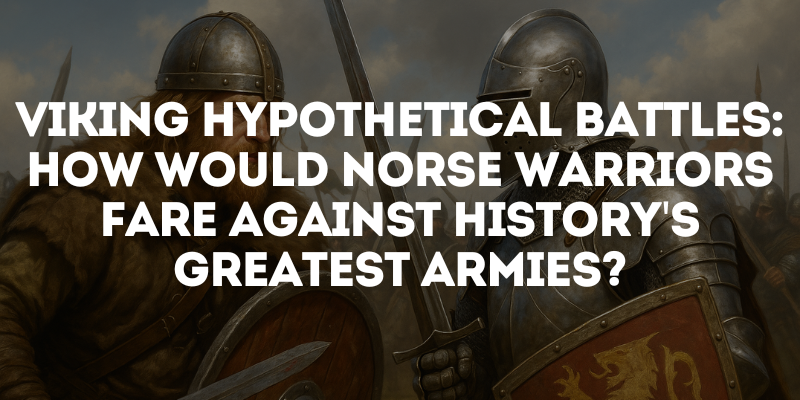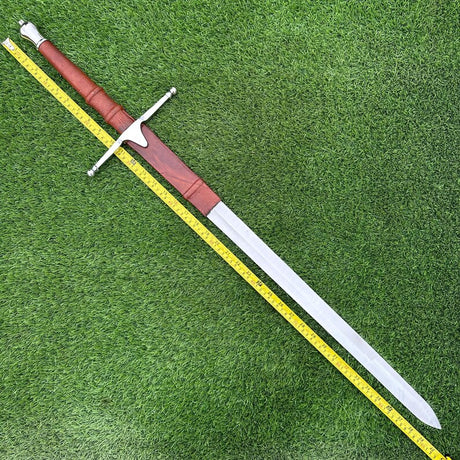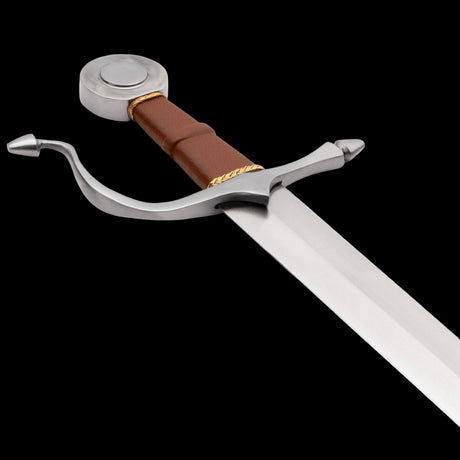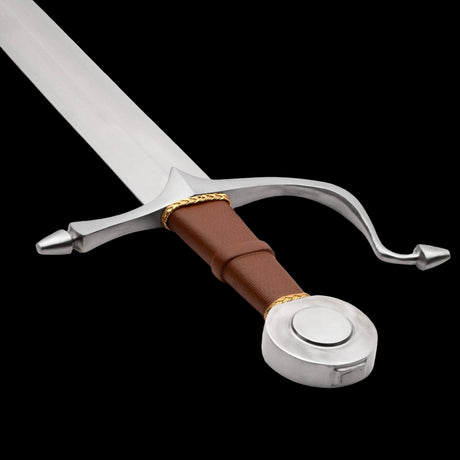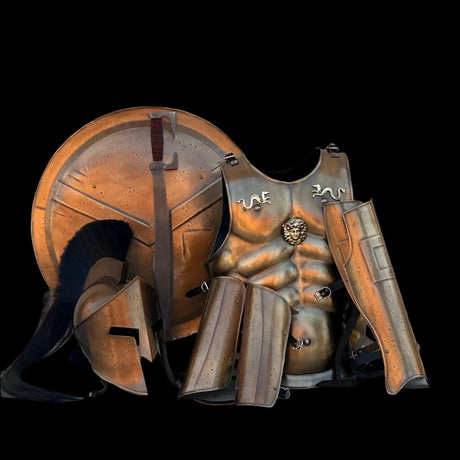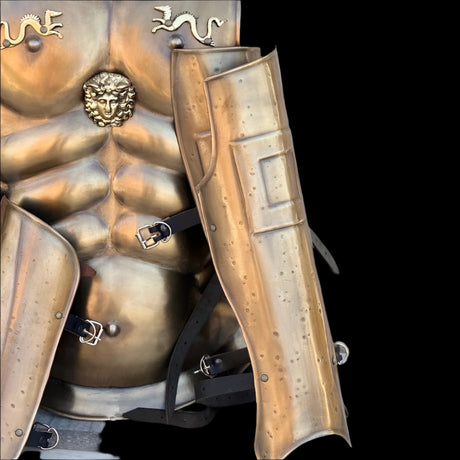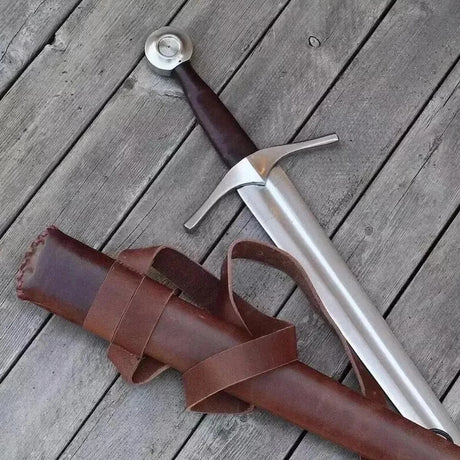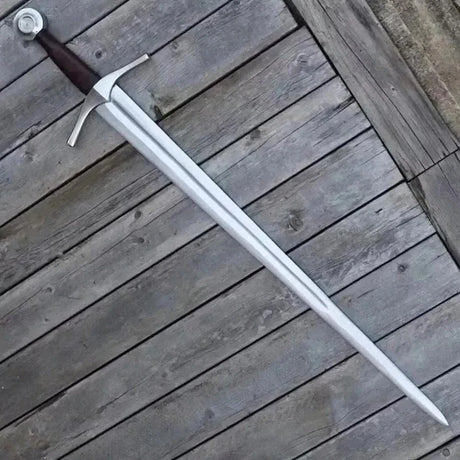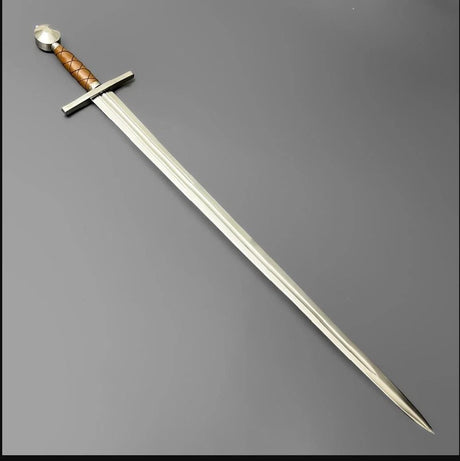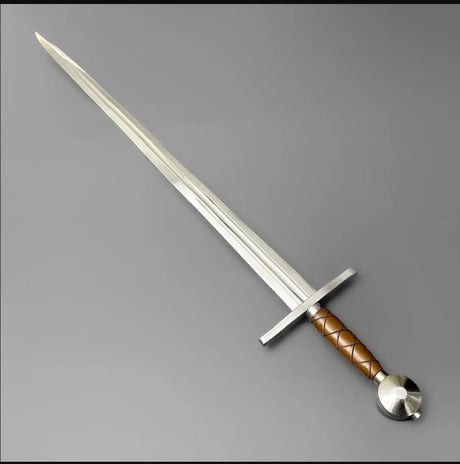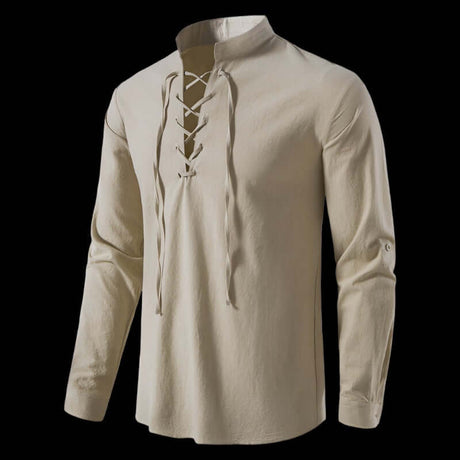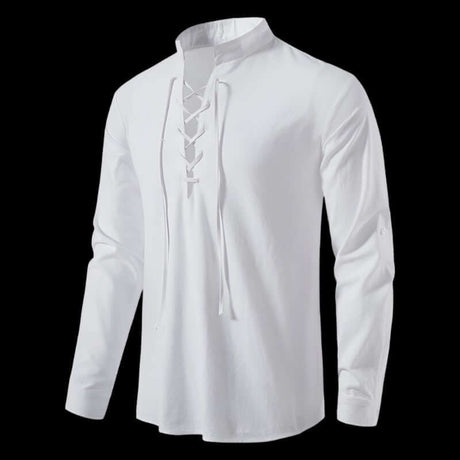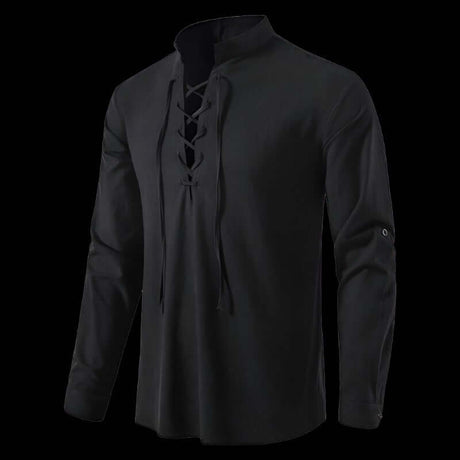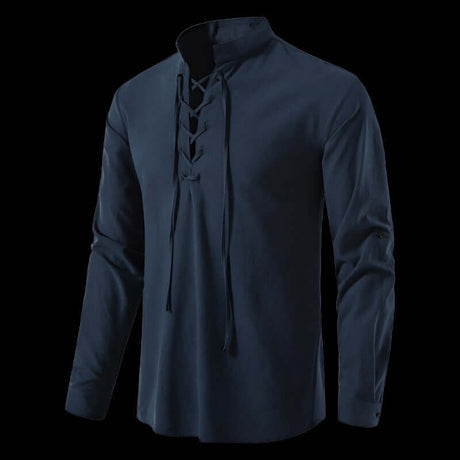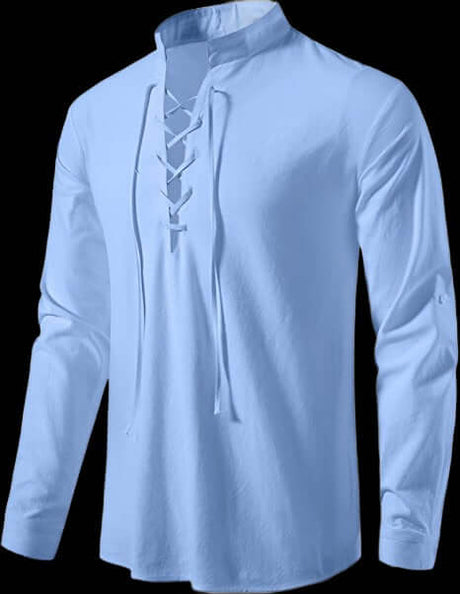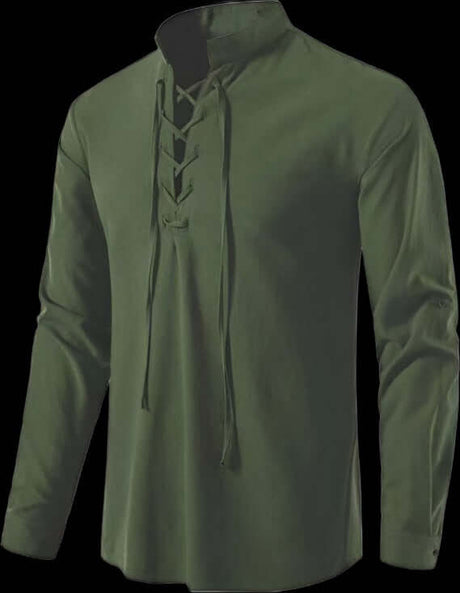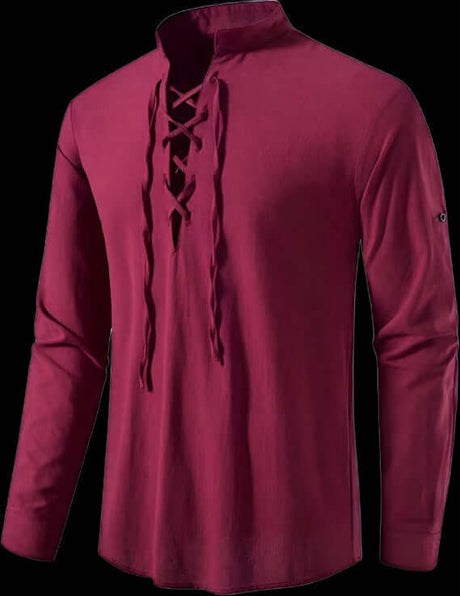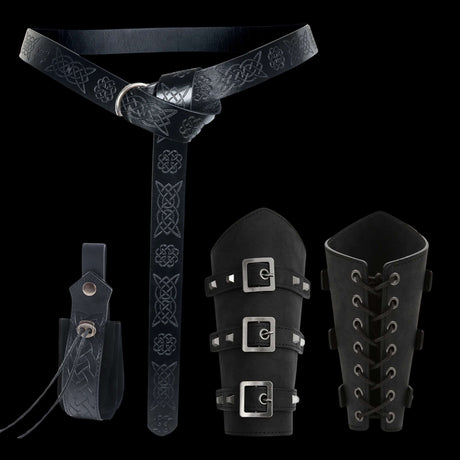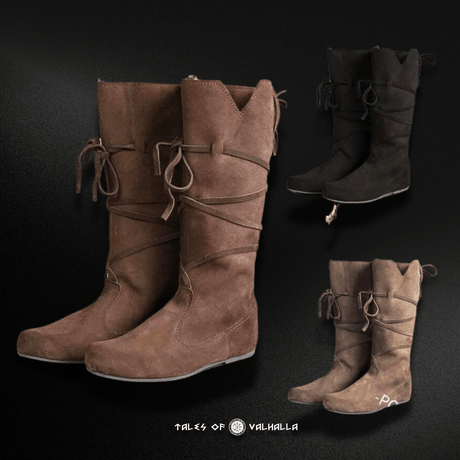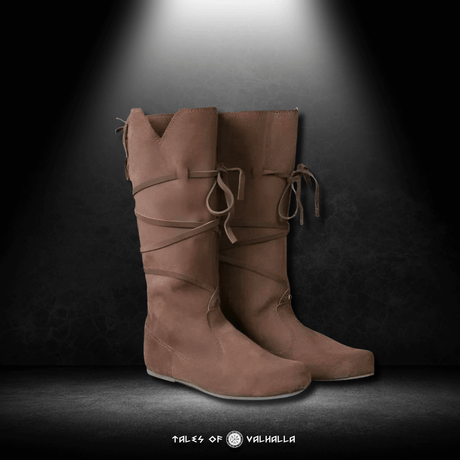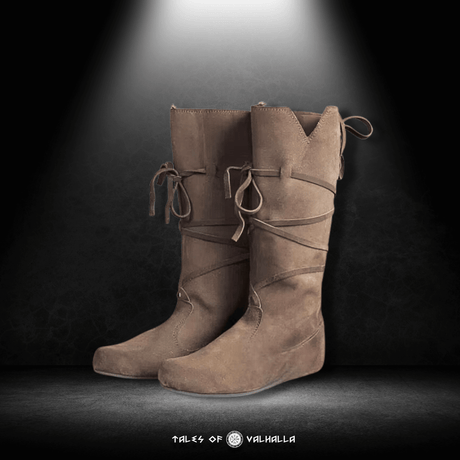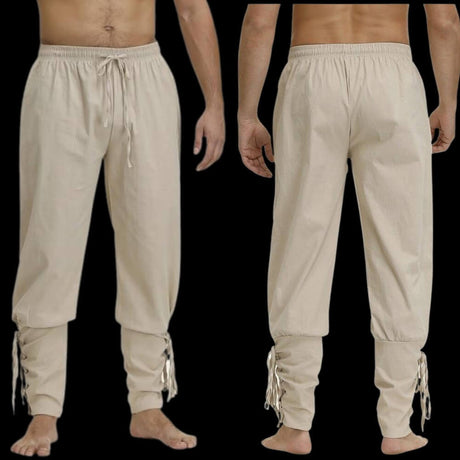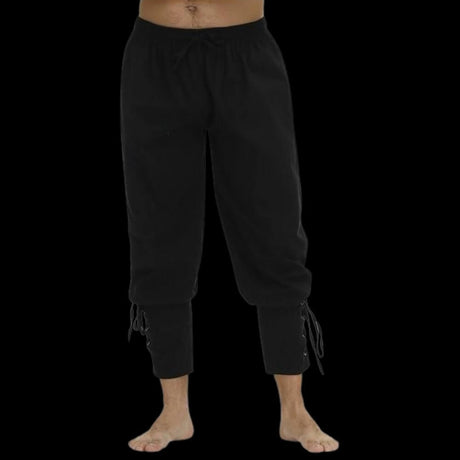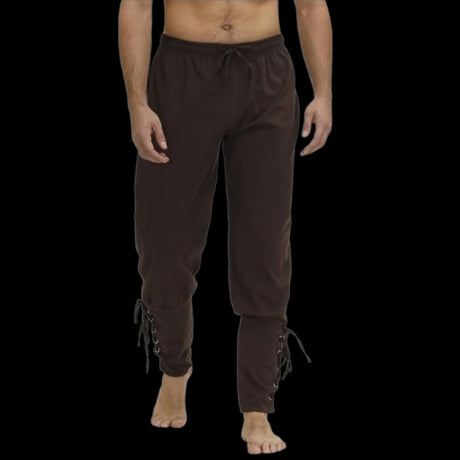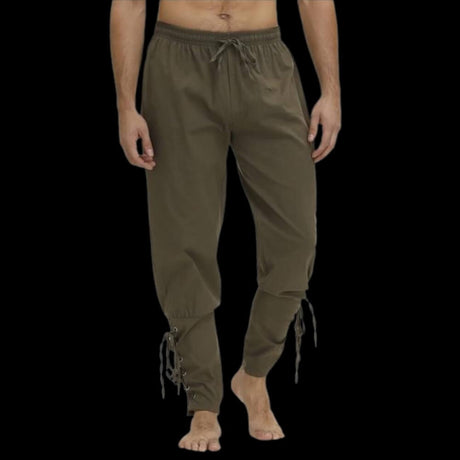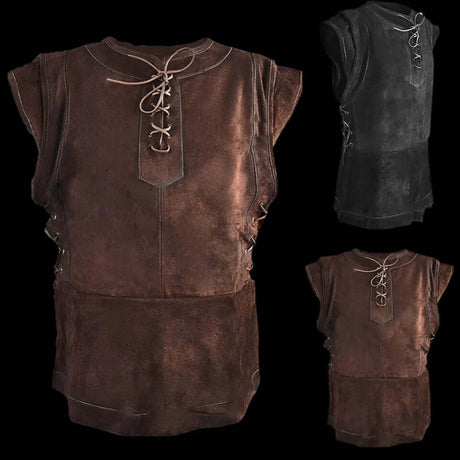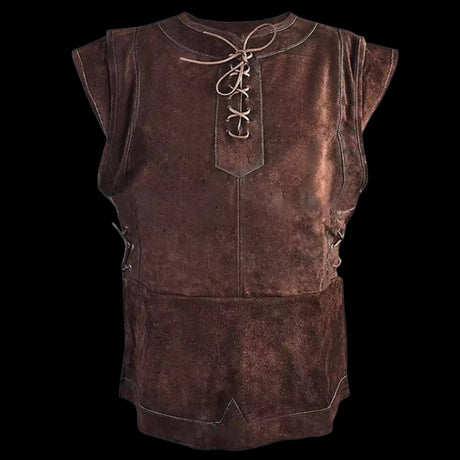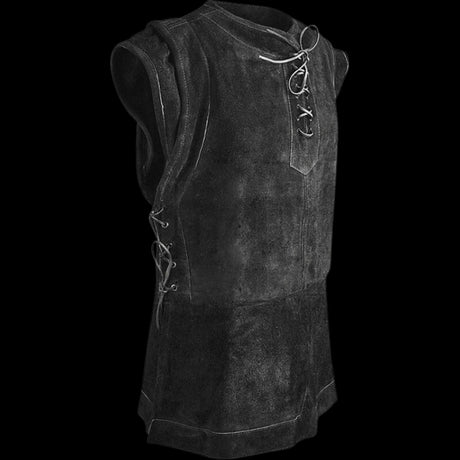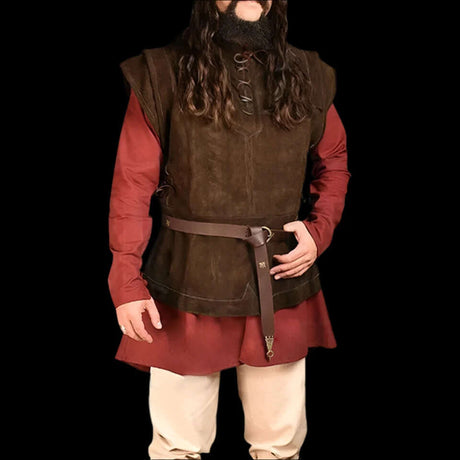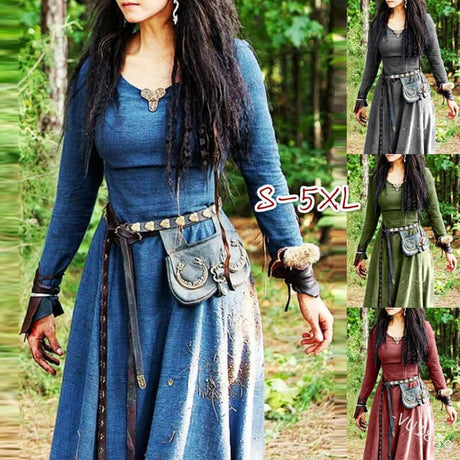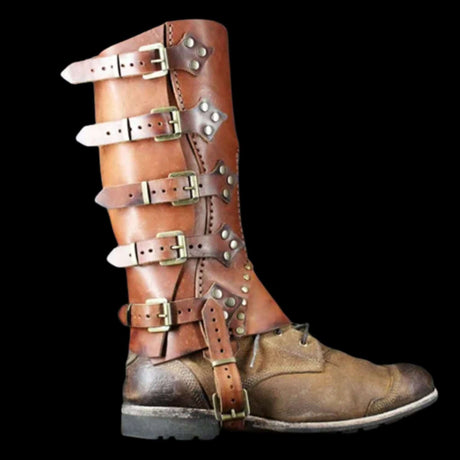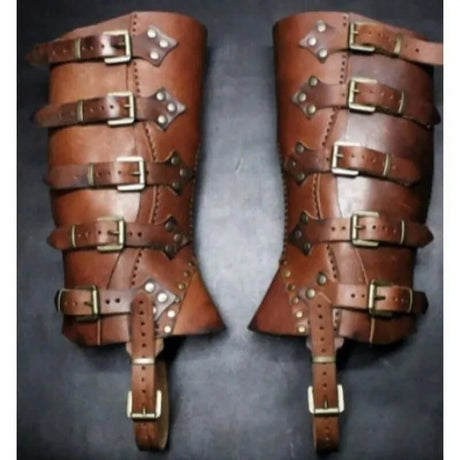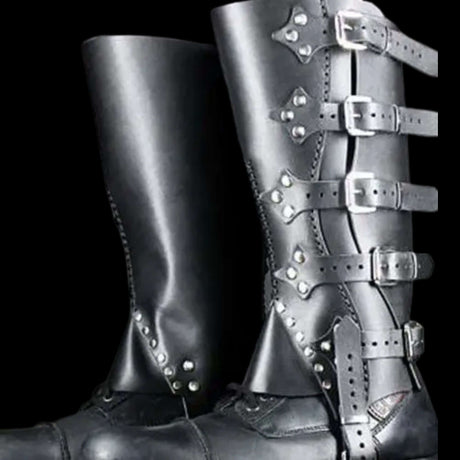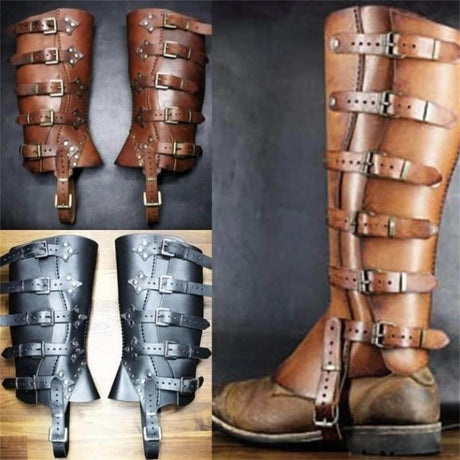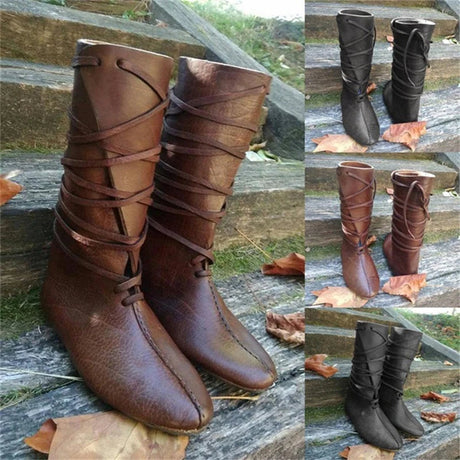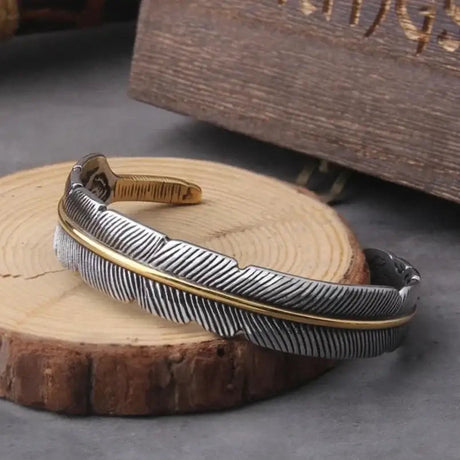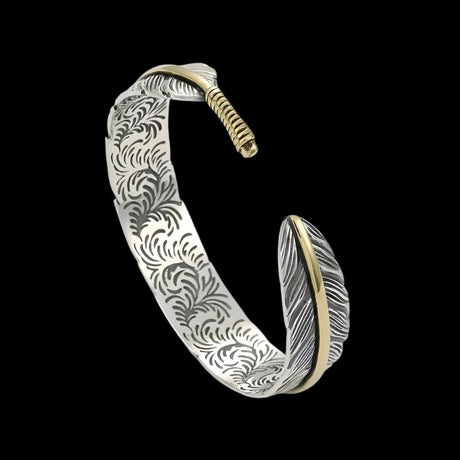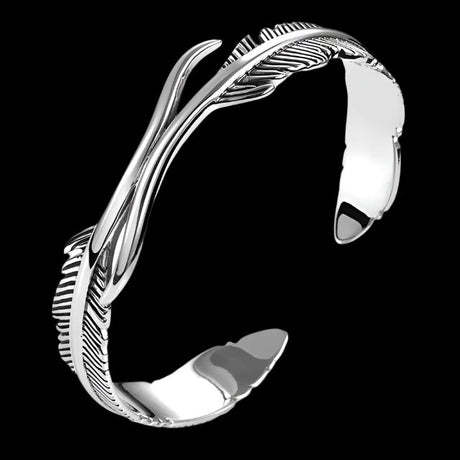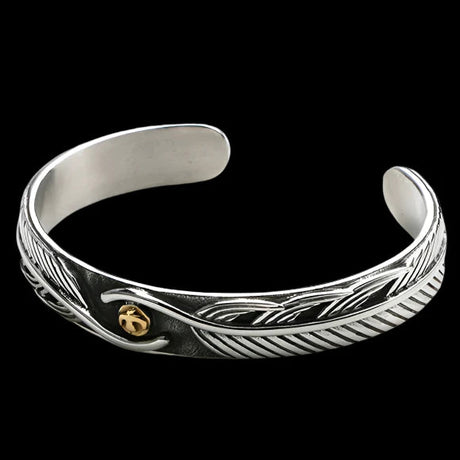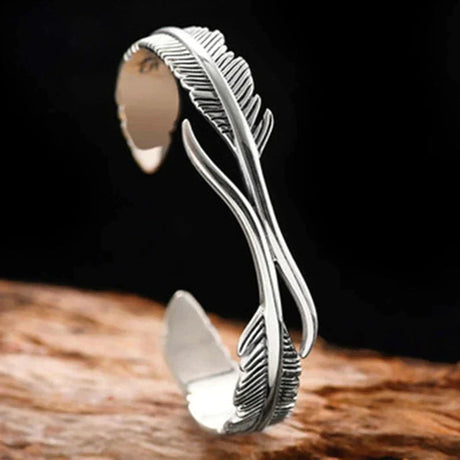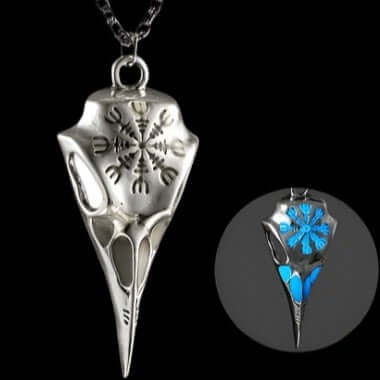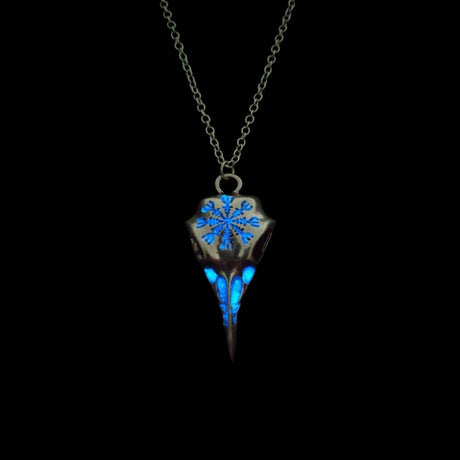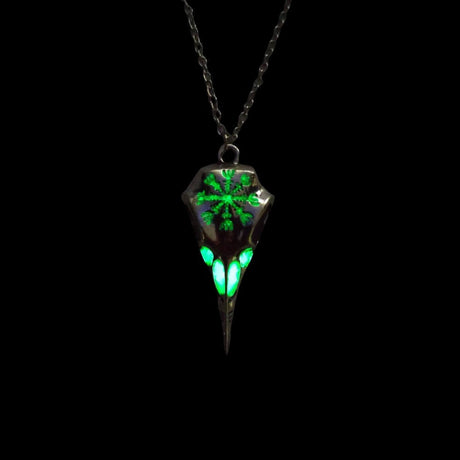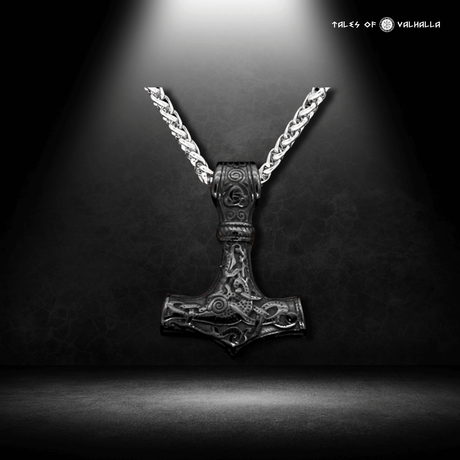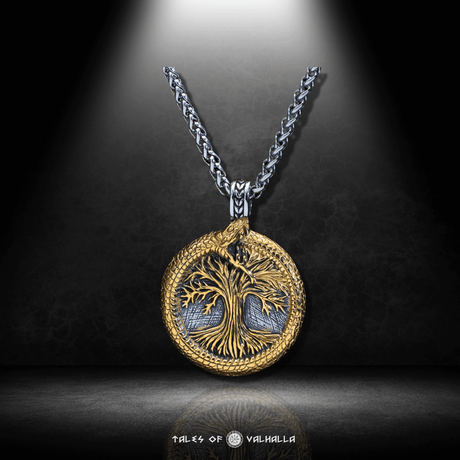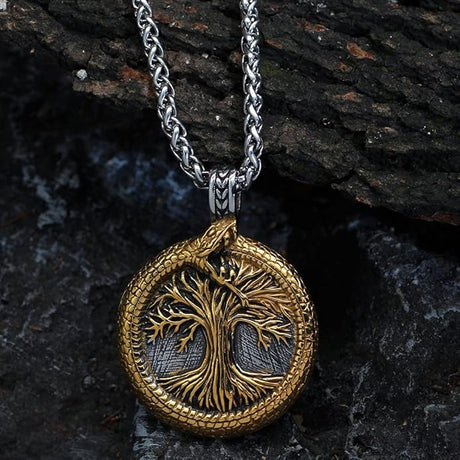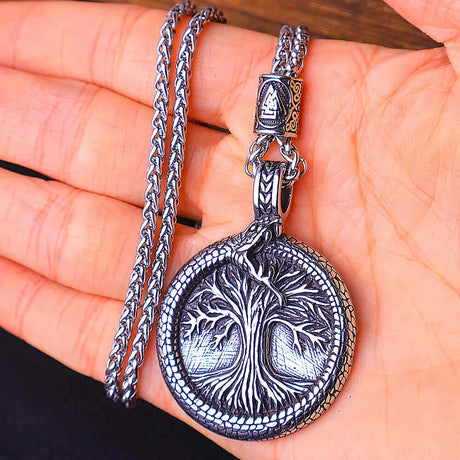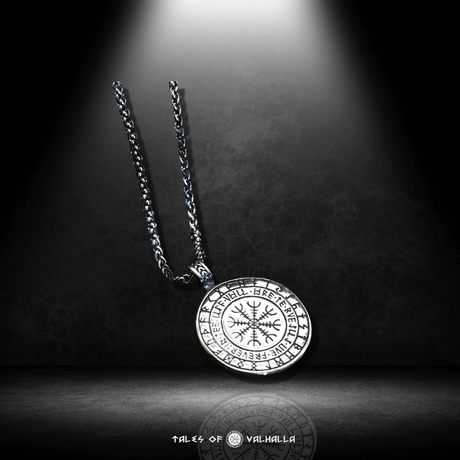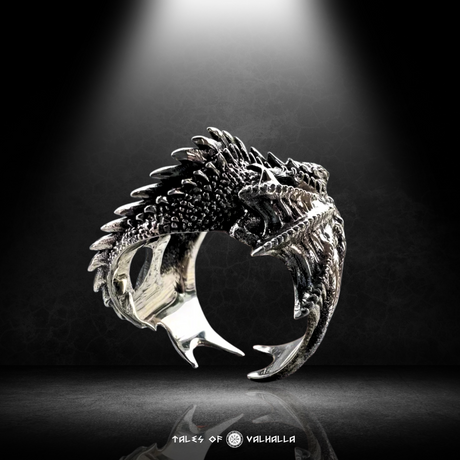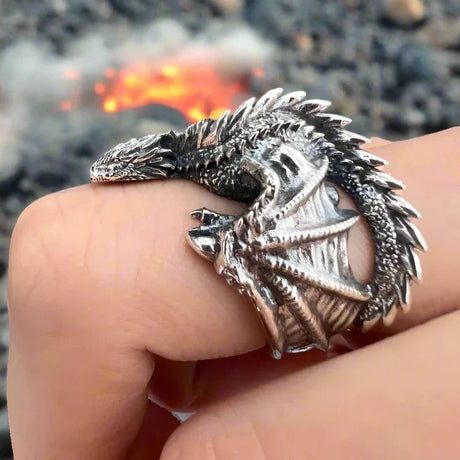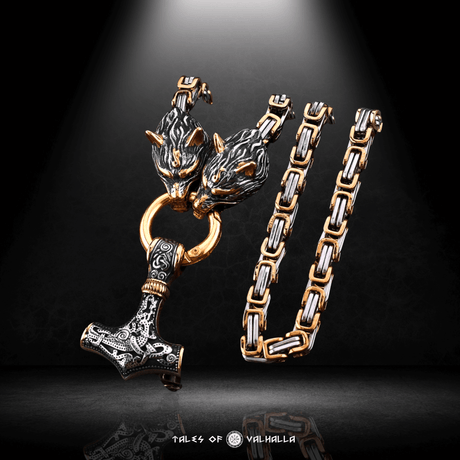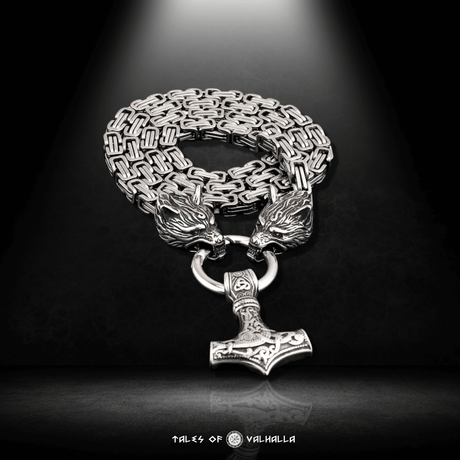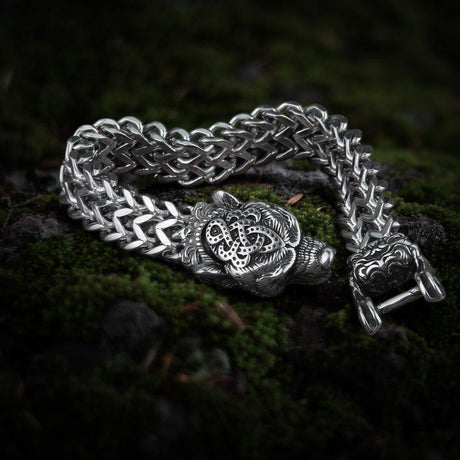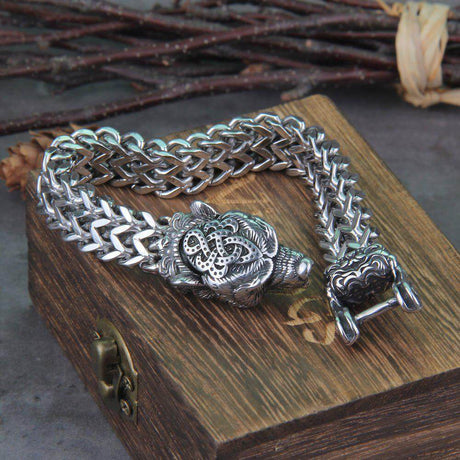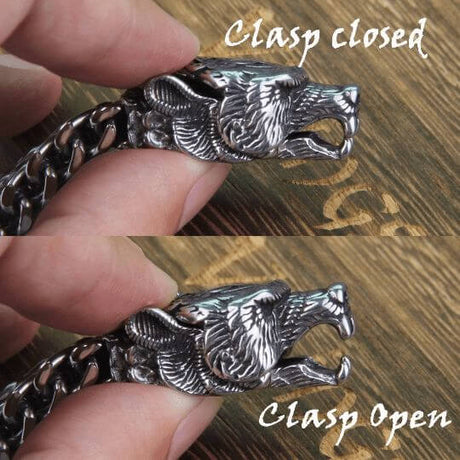It's the ultimate historical "what if," a question debated around campfires, in online forums, and by history enthusiasts across the United States: How would Vikings fare against other legendary warriors from history? Could a Viking shield wall withstand a Roman legion's charge? Would a Norse axe defeat a Samurai's katana? These Viking Hypothetical Battles capture our imagination, pitting the fierce, sea-faring raiders of the North against the greatest armies the world has ever known.
But answering these questions isn't about simply comparing weapons and armor. To truly explore these Viking Hypothetical Battles, we must delve into tactics, mindset, technology, and, most importantly, the context of the engagement. This isn't just about who would win in a gladiator-style arena. It's about understanding the unique strengths and weaknesses of the Viking way of war and how it would clash with the disciplined legions, armored knights, and skilled swordsmen of other eras. Let's set the stage for some of history's most epic, imagined confrontations.
Defining the Viking Warrior: The Norse War Machine Deconstructed
Before we can stage any Viking Hypothetical Battles, we need to understand our Norse combatant. We'll consider a "peak" but typical Viking warrior from the 9th to 10th century.

Defining the Viking Warrior: The Norse War Machine Deconstructed
The Gear: Practical and Proven
The average Viking warrior was not a knight in shining armor. Their gear was practical, effective, and built for their style of warfare.
- Weapons: The spear was the most common primary weapon, perfect for the shield wall. The iconic Viking axe was a close second—a versatile tool that was devastating in close combat, capable of crushing and hooking. Swords were high-status weapons, owned by chieftains and wealthy warriors. Bows were used for skirmishing and naval combat.
- Armor: A conical iron helmet provided good protection for the head. The most common body armor was a thick padded leather or cloth gambeson. Chainmail (byrnie) existed but was expensive and likely worn only by the elite.
- The Shield: The round Viking shield was the warrior's most crucial piece of defensive gear. With its center grip, it was a dynamic tool used not just for blocking, but for parrying, binding, and even striking with its iron boss.
The Tactics: Shield Wall and Surprise
- The Shield Wall (Skjaldborg): The cornerstone of Viking infantry tactics. Warriors stood shoulder-to-shoulder, overlapping their shields to create a formidable defensive barrier against charges and projectiles. From behind this wall, they could thrust with spears.
- The Raid: Vikings were masters of asymmetrical warfare. Their greatest strength was the longship, which allowed them to conduct swift, surprise raids on coastal and riverine targets, strike hard, and disappear before a major defensive force could be mustered. This is a crucial element often overlooked in one-on-one Viking Hypothetical Battles.
- Berserkers: The berserkir were legendary warriors who fought in a trance-like fury. While their historical prevalence and nature are debated, they represent the ferocious, psychological aspect of Viking warfare.
The Mindset: Honor, Glory, and Plunder
The Viking warrior was often fighting for personal glory, wealth, and to enhance their reputation (dómr). They were motivated by the promise of plunder and the chance to earn a place in Valhalla by dying honorably in battle. This mindset fostered incredible bravery and ferocity.
Table: Strengths & Weaknesses of the Viking Warrior
With our Viking warrior defined, let's set the ground rules for our Viking Hypothetical Battles. We'll consider different scenarios, as the environment of the battle is often the deciding factor.
Clash of Empires: Vikings vs. Roman Legionaries
Our first hypothetical battle pits the Viking raider against the disciplined soldier of the Roman Empire. For this, we'll imagine a 9th-century Viking force encountering a Roman cohort from the peak of the Empire (around the 2nd century AD), a true clash of eras and military philosophies.
The Opponent: The Roman Legionary
The Roman Legionary was the backbone of a professional, state-sponsored war machine. Their strength lay in discipline, engineering, and superior combined arms tactics.
- Gear: Wore segmented plate armor (lorica segmentata) or mail (lorica hamata), a large rectangular shield (scutum), and a distinctive helmet (galea).
- Weapons: Their primary weapons were the pilum, a heavy javelin designed to bend upon impact and disable enemy shields, and the gladius, a short, deadly thrusting sword for close-quarters combat.
- Tactics: Fought in highly disciplined formations like the testudo (tortoise formation) for protection against projectiles. They were masters of siege warfare and military engineering.
The Scenarios & Analysis
Scenario A: Viking Raid on a Fortified Roman Camp Story Vignette 1: The Silent Approach The fog rolled thick and low over the English coastline, muffling the sound of the 30 oars dipping into the cold water. Jarl Erik stood at the prow of his longship, his eyes fixed on the faint outline of a Roman-built shore fort, now occupied by a local garrison. His plan was simple: land silently, scale the aging wooden palisades, and strike before the alarm could be properly raised. This was a classic Viking raid. This was not a pitched Viking Hypothetical Battle on an open field; this was a test of speed and surprise against organized defense.
- Analysis: In this scenario, the Vikings' key advantage is surprise and mobility. The Romans' strength lies in their fortifications and discipline. If the Vikings can breach the walls quickly, their ferocity in close combat would be devastating against a surprised garrison. However, if the Romans can organize a defense and hold the walls, their superior discipline and defensive tactics would likely repel the attack. Verdict: Advantage Vikings, if they maintain the element of surprise. Advantage Romans if the alarm is raised in time.
Scenario B: Pitched Battle on an Open Field
- Analysis: This is where the Roman war machine would truly shine. The battle would likely begin with the Romans hurling their pila. A volley of these heavy javelins would be devastating to a Viking shield wall. The pilum's design would cause it to stick in the shields, weighing them down and rendering them unwieldy, creating gaps in the wall. Once the lines met, the Romans, protected by their large scuta, would fight from a tight formation, using their short gladii for quick, lethal thrusts. The Vikings' longer swords and axes would be less effective against the disciplined Roman line. The Viking Hypothetical Battle would favor the Romans heavily here.
- Verdict: Overwhelming advantage to the Roman Legionaries. Their discipline, combined arms tactics (especially the pilum), and formation fighting are tailor-made to defeat infantry like the Vikings in an open battle.
Steel and Chivalry: Vikings vs. Medieval Knights
Next, let's pit our 10th-century Viking force against a group of 13th-century High Medieval Knights. This Viking Hypothetical Battle is a clash of different eras of heavy infantry and the introduction of heavy cavalry.

Steel and Chivalry: Vikings vs. Medieval Knights
The Opponent: The High Medieval Knight
The knight was the elite warrior of the European High Middle Ages, a walking fortress of steel.
- Gear: Encased in full plate armor, offering excellent protection against most attacks.
- Weapons: Wielded longswords, maces, war hammers, and, most devastatingly, the lance.
- Tactics: Their primary battlefield role was the cavalry charge – a thunderous, unstoppable force designed to shatter infantry formations.
The Scenarios & Analysis
Scenario A: Knightly Charge vs. Viking Shield Wall Story Vignette 2: The Thunder of Hooves The ground trembled. Across the muddy field, a line of knights, steel fortresses atop powerful warhorses, lowered their lances. Bjorn the Stout, standing in the front rank of the Viking shield wall, braced his feet and angled his shield. He had faced Saxon warriors and Frankish spearmen, but never this. The roar of the charging horses was a physical force. "Hold!" he bellowed to the men beside him. "Hold for Asgard!" This Viking Hypothetical Battle would be won or lost in the next few heartbeats. Could their wall of wood and courage withstand a wall of iron and horseflesh?
- Analysis: This is the critical moment. A well-braced shield wall with spears set to receive a charge could potentially break a cavalry charge, especially if the ground is uneven or muddy. The horses might refuse to charge a solid wall of spear points. However, the sheer momentum and power of a disciplined knightly charge were immense. If the knights could maintain formation and impact the line at speed, they could shatter it, riding down the Vikings.
- Verdict: Highly situational. On ideal ground, the knights have a strong advantage. On broken or marshy ground, or if the Vikings can disrupt the charge, the shield wall has a fighting chance.
Scenario B: Dismounted Combat
- Analysis: If the knights are dismounted or the Vikings survive the charge, the fight becomes a grinding melee. The knight's plate armor is almost impervious to Viking swords and offers excellent protection. However, this is where the Viking axe shines. The axe's weight and shape deliver powerful concussive blows, capable of denting armor, breaking bones underneath, and disabling a knight even without piercing the plate. The Dane axe would be particularly effective.
- Verdict: A tough fight. The knights have a massive defensive advantage, but the Vikings' axes are the right tools for the job. It becomes a battle of attrition. This Viking Hypothetical Battle would be a brutal slog.
The Way of the Warrior: Vikings vs. Samurai
Finally, let's consider one of the most popular Viking Hypothetical Battles: the Norse warrior versus the Japanese Samurai. We'll pit our 10th-century Viking against a 16th-century Sengoku-era Samurai. This is a fascinating clash of martial philosophies and equipment.
The Opponent: The Sengoku-era Samurai
The Samurai was the elite warrior of feudal Japan, bound by the martial code of Bushido.
- Gear: Wore lamellar armor (dō), offering excellent mobility.
- Weapons: Famed for the katana, a curved, single-edged sword renowned for its cutting power. They were also masters of the yumi (longbow) and the yari (spear).
- Tactics: Highly skilled in individual combat and dueling, but also capable of fighting in disciplined formations.
The Scenarios & Analysis
Scenario A: A Duel in a Forest Glade Story Vignette 3: A Meeting of Worlds Ragnar the Wanderer found himself in a land unlike any he had ever seen, a forest of slender, towering trees. He faced a warrior whose armor was made of small, lacquered plates and whose demeanor was one of utter calm. The warrior held a single, gracefully curved sword. Ragnar gripped his axe and shield, feeling the familiar weight. No battle cries were exchanged, only a silent nod of mutual respect between two men who lived and breathed the way of the warrior. This Viking Hypothetical Battle would be a test of pure skill.
- Analysis: This is a classic duel of styles. The Viking's approach would be aggressive, using the shield for both defense and offense, trying to create an opening for a powerful axe blow. The Samurai, with the katana, would rely on speed, precision, and finding openings in the Viking's defense. The katana's cutting power is legendary, but the Viking shield provides a significant defense. The axe's ability to hook and its raw power could be decisive if it lands.
- Verdict: A true toss-up, heavily dependent on the individual skill of the two warriors. A fascinating display of different martial arts.
Scenario B: Ranged Combat
- Analysis: The Samurai's yumi longbow was a powerful and accurate weapon, and Samurai archers were highly skilled. Viking bows were generally less powerful. In a ranged engagement, the Samurai would have a distinct advantage in terms of rate of fire and accuracy. The Viking shield would offer good protection, but a sustained volley of arrows from skilled archers would be difficult to withstand.
- Verdict: Advantage to the Samurai in a pure archery duel. The Vikings' best bet would be to close the distance quickly.
Summary of Matchups: A Comparative Glance
To summarize our Viking Hypothetical Battles:
The Ultimate Viking Advantage: Masters of the Unexpected
While these Viking Hypothetical Battles are fascinating thought experiments, they often miss the single greatest strength of the Vikings: they rarely chose to fight a pitched battle on an enemy's terms. Their true advantage was strategic, not just tactical.
Their mastery of the longship gave them unparalleled mobility. They chose where and when to fight. They could bypass fortifications, strike undefended targets, and vanish before a superior force could respond. They were masters of asymmetrical warfare. The reason the Vikings were so feared wasn't necessarily because they would win every fair fight, but because they rarely fought fair. They fought smart.
Conclusion
Exploring Viking Hypothetical Battles is more than just a fun exercise in historical "what ifs." It's a way to appreciate the unique strengths, tactics, and cultural mindsets of different warrior societies. The Viking warrior, with their versatile axe, formidable shield wall, and unmatched seafaring skills, was a product of their specific environment and needs.
While they might have struggled against the disciplined formations of Rome or the armored might of high medieval knights in a direct confrontation, their success came from their ability to dictate the terms of engagement. They were raiders, explorers, and opportunists. The legacy of the Vikings isn't just about how they fought, but where and why they fought. Their greatest weapon was not the axe or the sword, but the longship that carried them to glory.
FAQs
1. Q: How would Vikings fare against Roman Legionaries?
A: In a surprise raid on a Roman fort, the Vikings' speed and ferocity would give them an advantage. However, in an open, pitched battle, the Roman Legionaries' superior discipline, heavy infantry formations, and use of pila (javelins designed to disable shields) would likely give them a decisive edge.
2. Q: Could a Viking shield wall stop a medieval knight's cavalry charge?
A: This is highly situational and a classic debate in Viking Hypothetical Battles. A well-braced shield wall with spears set to receive the charge could potentially break a cavalry charge, especially on uneven or muddy ground. However, the sheer momentum and power of a disciplined knightly charge on ideal terrain could likely shatter the Viking line.
3. Q: In a duel, who would likely win: a Viking with an axe and shield or a Samurai with a katana?
A: This matchup depends almost entirely on individual skill. The Viking's shield provides excellent defense against the katana's legendary cutting speed, while the axe offers raw power and hooking ability. The Samurai would rely on precision, speed, and finding an opening. It's a classic clash of styles with no clear, definitive winner.
4. Q: What was the Viking's greatest advantage in their hypothetical battles?
A: The Viking's greatest strategic advantage wasn't a single weapon, but their unparalleled mobility provided by the longship. Their ability to conduct swift, surprise raids and choose when and where to fight (asymmetrical warfare) meant they often avoided pitched battles against superior, organized forces.
5. Q: What was the typical gear and armor of a Viking warrior?
A: The average Viking warrior used a spear or a versatile axe, a round shield with a center grip, and a conical iron helmet. Body armor like chainmail (byrnie) existed but was expensive and typically worn only by the elite, such as chieftains and their personal retinues.
6. Q: Are these Viking Hypothetical Battles just about who has the better weapons? A: No, not at all. The outcome depends heavily on the context and scenario. Factors like terrain, whether it's a surprise attack or a planned battle, the number of combatants, leadership, and the discipline of each force are just as, if not more, important than simply comparing the individual weapons and armor.

